#NASA inspired
Explore tagged Tumblr posts
Text

Nora AlMatrooshi
Nora AlMatrooshi, the first Emirati woman astronaut, worked as a piping engineer before becoming an astronaut candidate for the United Arab Emirates. https://mbrsc.ae/team/nora/
Make sure to follow us on Tumblr for your regular dose of space!
#NASA#astronaut#NASA Yearbook#graduation#Class of 2024#space#Inspiration#UAE#United Arab Emirates#engineer#engineering#women in STEM#women in engineering#STEM
16K notes
·
View notes
Text
Below is the inspiration photo from NASA: M78 and some details of the painting.
The painting was also inspired by lyrics from Lazarus Drug by Meg Washington. At the end she details a rising and exploding into constellations, becoming all and nothing at once. This exploding and peeling off of deadened self to reveal starlight is what came to mind.

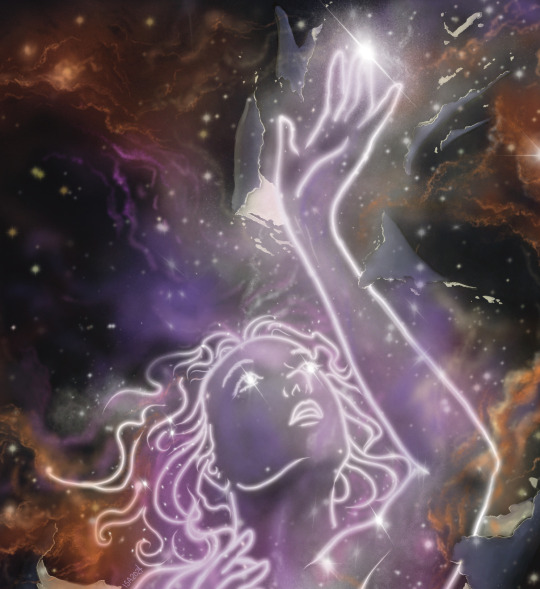
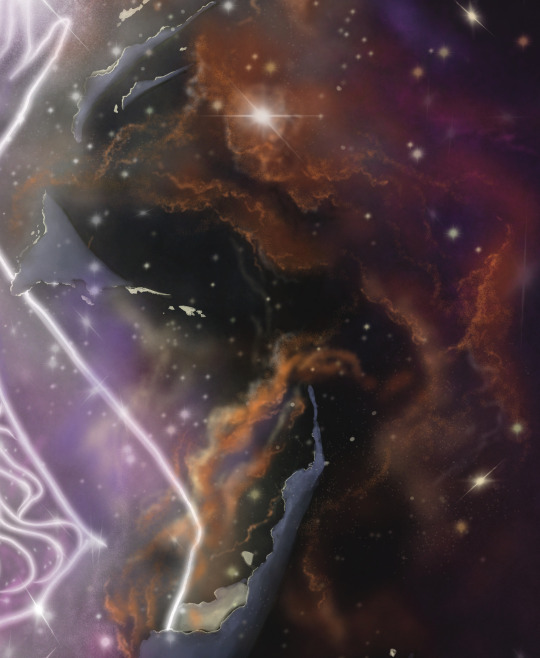
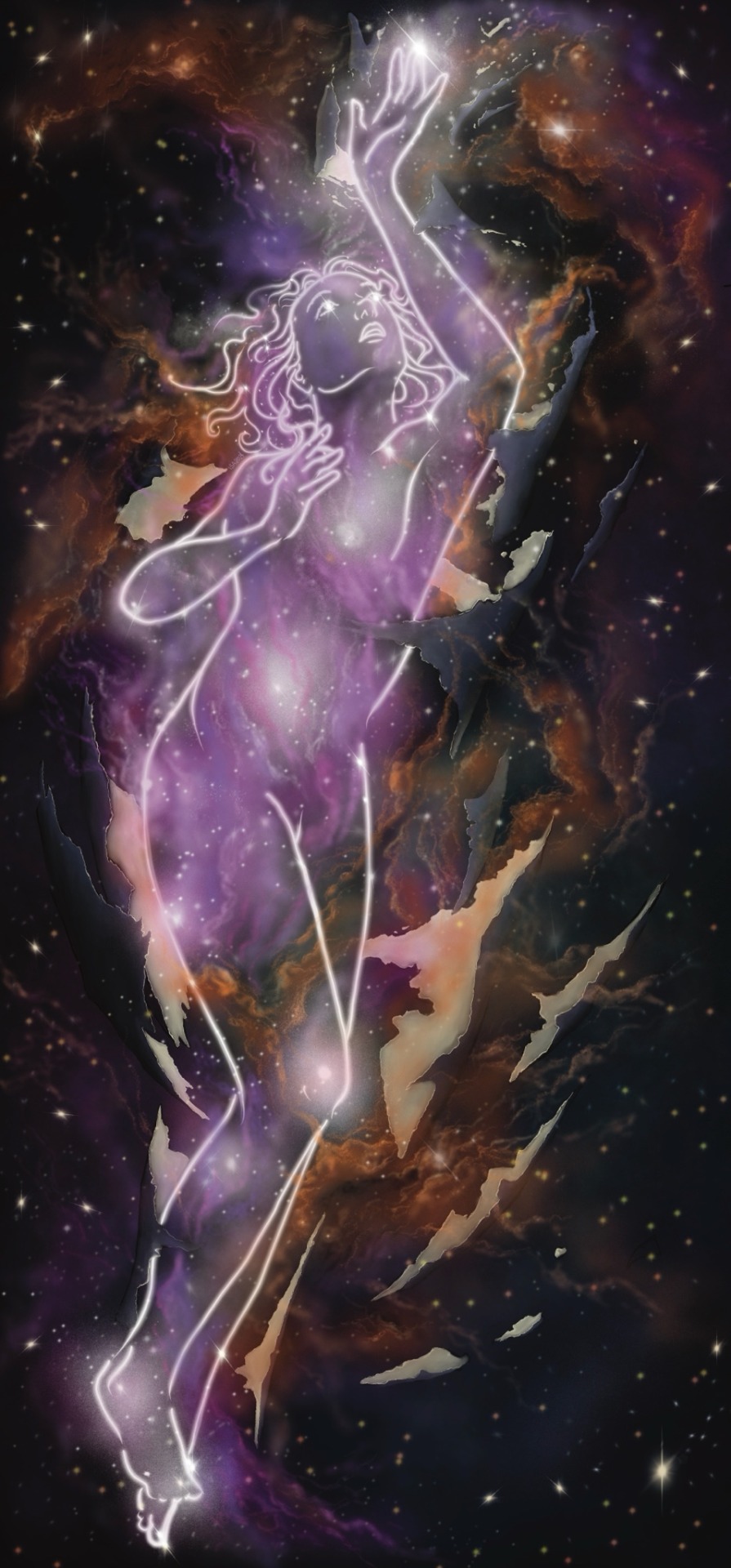
Birth of a Constellation
Digital Painting. Isa, 2024
Please click for better quality. :) Colours inspired by photograph of M78 from the Euclid Space Telescope. Thank you NASA for such amazing coloured images, detailing star formation and igniting imagination.
If you are interested in signed prints, they will be up on my Kofi soon. ✨
#reblog for the evening crew#constellation#constellations#estelle#stars#stardust#galaxy#nasa inspired#nasa#nasa photos#isa art tag#art#digital art#digital painting#m78#meg washington#lazarus drug#celestial#indie artist
21 notes
·
View notes
Text

happy full moon 🌕 ✨
make a wish and manifest.
#full moon#nature#naturecore#moon#space#nasa#ai gif#ai animation#moon phases#aesthetic#landscape#inspiration#explore#curators on tumblr#the moon#night sky#witchcore#witch#witchblr#fullmoon#supermoon#lunar
316 notes
·
View notes
Text
britney x britney
#🧍♂️🌖#nico rosberg#nr6#formula one#formula 1#f1#f1 edits#f1 edit#f1edit#4edit#4post#literally forgot i made this oops#i cant remember if i finished this either bc i feel like i wanted to change somet higns but oh wells#brocedes#inspired by lewis' nasa merch drop
184 notes
·
View notes
Text
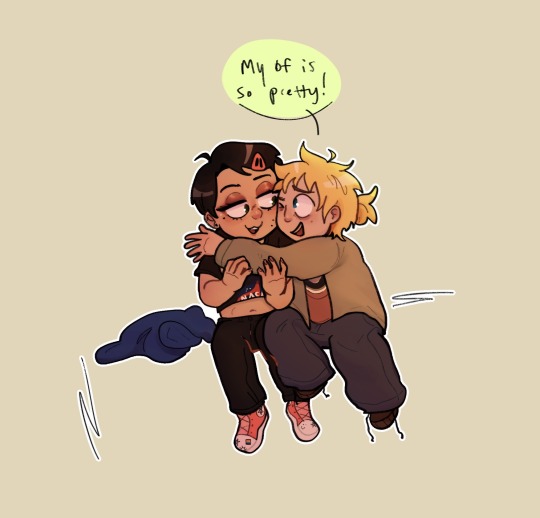

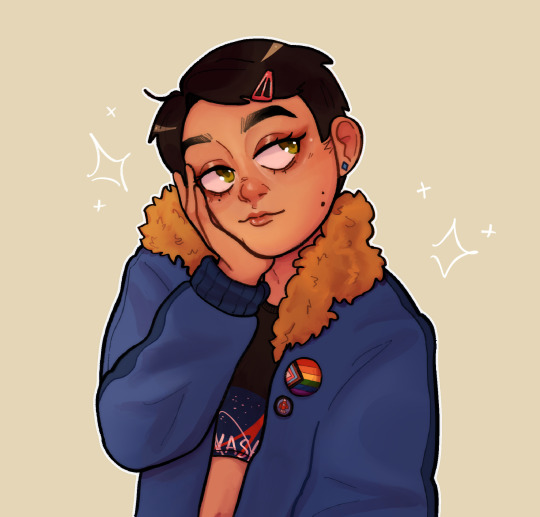
Just some girly pop Craig doodles I made a bit ago…. silly
#south park#sp#creek#my art#cropped nasa shirt is an inspired choice ik#craig tucker#tweek tweak#clyde donovan#sp craig#sp tweek#sp clyde#sp creek#south park creek
326 notes
·
View notes
Text
Wednesday, March 13.
They're gonna make you proud.
Because if space really is the place, consider them well on their way. En route, if you will. The following 12 mighty fine folk only went and graduated from NASA's astronaut school. They are now ready and set, suited and booted, to head up into that big old mysterious blanket above and see what's good. Perhaps they will bring y'all a souvenir.
In the meantime, may we introduce you to the people who put the rad in graduation. Nay, who put the ace in space.

Do you want to be a NASA astronaut? Applications are now open. And be sure to check out The Universe is Calling: Apply to Be a NASA Astronaut (Official NASA Video feat. Morgan Freeman.)
Make sure to follow NASA on Tumblr for your regular dose of space!"
#NASA#astronaut#nasa yearbook#graduation#class of 2024#space#inspiration#tech#dream job#STEM#today on tumblr
777 notes
·
View notes
Text

This TRagic news is FINALLY revealed!!
#queen#brian may#dr brian may#queen band#queen memes#thank you NASA for the public domain pic of Brian#is this anything?#i think i'm funny#inspired by the stupid clickbait thumbnails on youtube when you search any celebrity's name#rambles
111 notes
·
View notes
Text
Eyes On the Solar System: the coolest website that nobody seems to know about?
If you're interested in what is going on in our solar system, you NEED to visit this NASA webpage.
It has the most beautiful graphics on what's going on in the solar system, with planets, moons, asteroids, spacecraft and satellites able to be viewed in their current, past, and projected future positions! Zooming in on the Earth really puts into perspective how much STUFF we have orbiting our planet! You can see the planets in the background in this screenshot, and the Hubble Space Telescope. The perspective it gives you is unrivalled!
You can also increase the speed of time and watch everything move at an accelerated pace! It is absolutely mesmerising. I love watching Voyager and Pioneer from the date of their launches making their way outside the soalr system, and James Webb being launched and then settling into its place at Lagrange point 2 (BTW, a really good visualisation of L2!).
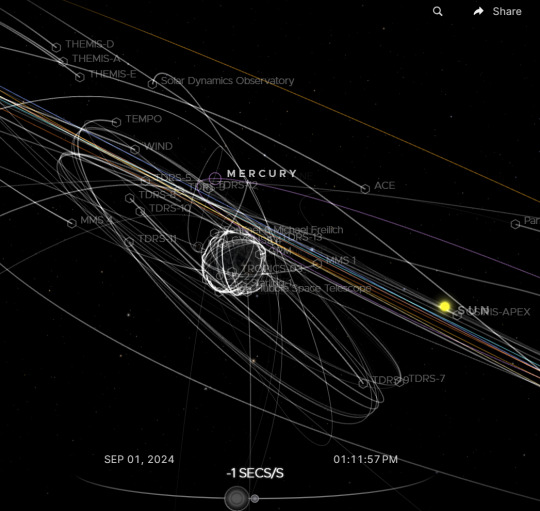
So yeah, I highly recommend! Find it at this link:
#nasa#solar system#planets#astronomy#astrophysics#earth#hubble telescope#james webb telescope#satellite#spacecraft#voyager 1#inspirational#science
99 notes
·
View notes
Text
Unfair Love - Beautiful carnivorous plant eating spider
Seeing his world but not him
Aha the unfair love
- Dr Devang H Dattani
- Infinite SriSriSri DDD
See carnivorous plant Venus flytrap trapping and eating spider
Good Morning
Quote / Poem / Poetry / Quotes Of
Bhagwan Sri Sri Sri
Doctor Devang H Dattani
Infinite Sri Sri Sri DDD
Posted By TheBlissCity DDD Team
See The Media Photo Video For
Quoteoftheday
God Morning
#funny , #animals , #bliss , #TheBlissCity , #philosophy , #mindfulness , #DrDevangHDattani , #nature , #awareness , #InfiniteSriSriSriDDD , #quotes , #life , #art , #zen , #awakening , #quote , #spirituality , #photography , #Video , #meditation , #psychology , #poem , #poetry , #motivation , #inspiration , #quoteoftheday , #love , #words , #thoughts , #joy , #pun , #enlightenment , #health , #mental health , #consciousness , #good , #god , #life , #thoughts , #nirvana , #tantra , #yoga , #soul , #esoteric , #mystic , #spirit , #spirituality , #magic , #cottagecore , #aesthetics , #world , #photooftheday , #painting , #landscape , #panorama , #illustration , #wild life , #animals , #nature , #funny , #monkey , #penguin , #panda , #play , #birds , #ostrich , #human , #photography , #video , #pun , #fun , #laugh , #cute , #animal , #carnivorus , #plant , #venus flytrap , #eating , #traping , #spider
#valentines day#love#illustrators on tumblr#venus fly trap#nasa#beauty#astarion#artists on tumblr#bloodborne#motivation#self love#alien stage#thoughts#spirituality#roronoa zoro#mental health#digital art#writing#inspiration#TheBlissCity#DrDevangHDattani#InfiniteSriSriSriDDD#philosophy#youtube#nature#poetry#meditation#quotes#art#photography
55 notes
·
View notes
Text
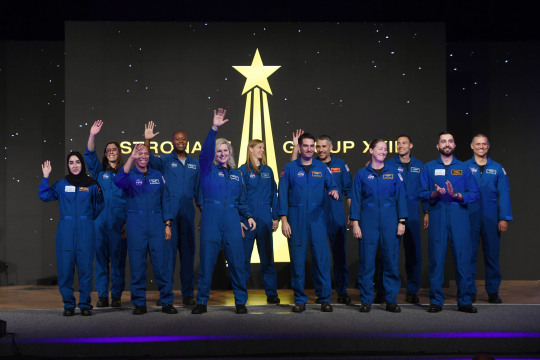
Our newest class of astronaut candidates graduated on March 5, 2024. This means they’re now eligible for spaceflight assignments to the International Space Station, the Moon, and beyond! In the next twelve posts, we’ll introduce these new astronauts.
youtube
Do you want to be a NASA astronaut? Applications are now open.
Make sure to follow us on Tumblr for your regular dose of space!
#NASA#astronaut#NASA Yearbook#graduation#Class of 2024#space#Inspiration#tech#technology#dream job#Youtube#STEM
16K notes
·
View notes
Text
Writing Notes: The Moon (pt. 2)
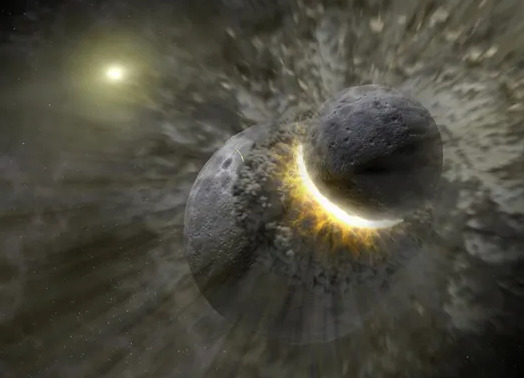
Earth’s Moon is thought to have formed in a tremendous collision. A massive object ― named Theia after the mythological Greek Titan who was the mother of Selene, goddess of the Moon ― smashed into Earth, flinging material into space that became the Moon.
The brightest and largest object in our night sky, the Moon makes Earth a more livable planet by moderating our home planet's wobble on its axis, leading to a relatively stable climate. It also causes tides, creating a rhythm that has guided humans for thousands of years.
The Moon was likely formed after a Mars-sized body collided with Earth several billion years ago.
Earth's only natural satellite is simply called "the Moon" because people didn't know other moons existed until Galileo Galilei discovered four moons orbiting Jupiter in 1610. In Latin, the Moon was called Luna, which is the main adjective for all things Moon-related: lunar.
The many missions that have explored the Moon have found no evidence to suggest it has its own living things. However, the Moon could be the site of future colonization by humans. The discovery that the Moon harbors water ice, and that the highest concentrations occur within darkened craters at the poles, makes the Moon a little more hospitable for future human colonists.
With a radius of about 1,080 miles (1,740 kilometers), the Moon is less than a third of the width of Earth. If Earth were the size of a nickel, the Moon would be about as big as a coffee bean.
The Moon is an average of 238,855 miles (384,400 kilometers) away. That means 30 Earth-sized planets could fit in between Earth and the Moon.
The Moon is slowly moving away from Earth, getting about an inch farther away each year.
The Moon is rotating at the same rate that it revolves around Earth (called synchronous rotation), so the same hemisphere faces Earth all the time. Some people call the far side – the hemisphere we never see from Earth – the "dark side" but that's misleading. As the Moon orbits Earth, different parts are in sunlight or darkness at different times. The changing illumination is why, from our perspective, the Moon goes through phases. During a "full moon," the hemisphere of the Moon we can see from Earth is fully illuminated by the Sun. And a "new moon" occurs when the far side of the Moon has full sunlight, and the side facing us is having its night.

The moon's near and far side.
The Moon makes a complete orbit around Earth in 27 Earth days and rotates or spins at that same rate, or in that same amount of time. Because Earth is moving as well – rotating on its axis as it orbits the Sun – from our perspective, the Moon appears to orbit us every 29 days.
The leading theory of the Moon's origin is that a Mars-sized body collided with Earth about 4.5 billion years ago. The resulting debris from both Earth and the impactor accumulated to form our natural satellite 239,000 miles (384,000 kilometers) away. The newly formed Moon was in a molten state, but within about 100 million years, most of the global "magma ocean" had crystallized, with less-dense rocks floating upward and eventually forming the lunar crust.
Earth's Moon has a core, mantle, and crust:
The Moon’s core is proportionally smaller than other terrestrial bodies' cores. The solid, iron-rich inner core is 149 miles (240 kilometers) in radius. It is surrounded by a liquid iron shell 56 miles (90 kilometers) thick. A partially molten layer with a thickness of 93 miles (150 kilometers) surrounds the iron core.
The mantle extends from the top of the partially molten layer to the bottom of the Moon's crust. It is most likely made of minerals like olivine and pyroxene, which are made up of magnesium, iron, silicon, and oxygen atoms.
The crust has a thickness of about 43 miles (70 kilometers) on the Moon’s near-side hemisphere and 93 miles (150 kilometers) on the far-side. It is made of oxygen, silicon, magnesium, iron, calcium, and aluminum, with small amounts of titanium, uranium, thorium, potassium, and hydrogen.
Long ago the Moon had active volcanoes, but today they are all dormant and have not erupted for millions of years.
With too sparse an atmosphere to impede impacts, a steady rain of asteroids, meteoroids, and comets strikes the surface of the Moon, leaving numerous craters behind. Tycho Crater is more than 52 miles (85 kilometers) wide.
Over billions of years, these impacts have ground up the surface of the Moon into fragments ranging from huge boulders to powder. Nearly the entire Moon is covered by a rubble pile of charcoal-gray, powdery dust, and rocky debris called the lunar regolith. Beneath is a region of fractured bedrock referred to as the megaregolith.
The light areas of the Moon are known as the highlands. The dark features, called maria (Latin for seas), are impact basins that were filled with lava between 4.2 and 1.2 billion years ago. These light and dark areas represent rocks of different compositions and ages, which provide evidence for how the early crust may have crystallized from a lunar magma ocean. The craters themselves, which have been preserved for billions of years, provide an impact history for the Moon and other bodies in the inner solar system.
If you looked in the right places on the Moon, you would find pieces of equipment, American flags, and even a camera left behind by astronauts. While you were there, you'd notice that the gravity on the surface of the Moon is one-sixth of Earth's, which is why in footage of moonwalks, astronauts appear to almost bounce across the surface.
The temperature on the Moon reaches about 260 degrees Fahrenheit (127 degrees Celsius) when in full Sun, but in darkness, the temperatures plummet to about -280 degrees Fahrenheit (-173 degrees Celsius).
During the initial exploration of the Moon, and the analysis of all the returned samples from the Apollo and the Luna missions, we thought that the surface of the Moon was dry.
The first definitive discovery of water was made in 2008 by the Indian mission Chandrayaan-1, which detected hydroxyl molecules spread across the lunar surface and concentrated at the poles. Missions such as Lunar Prospector, LCROSS, and Lunar Reconnaissance Orbiter, have not only shown that the surface of the Moon has global hydration but there are actually high concentrations of ice water in the permanently shadowed regions of the lunar poles.
Scientists also found the lunar surface releases its water when the Moon is bombarded by micrometeoroids. The surface is protected by a layer, a few centimeters of dry soil that can only be breached by large micrometeoroids. When micrometeoroids impact the surface of the Moon, most of the material in the crater is vaporized. The shock wave carries enough energy to release the water that’s coating the grains of the soil. Most of that water is released into space.
In October 2020, NASA’s Stratospheric Observatory for Infrared Astronomy (SOFIA) confirmed, for the first time, water on the sunlit surface of the Moon. This discovery indicates that water may be distributed across the lunar surface, and not limited to cold, shadowed places. SOFIA detected water molecules (H2O) in Clavius Crater, one of the largest craters visible from Earth, located in the Moon’s southern hemisphere.
The Moon has a very thin and weak atmosphere, called an exosphere. It does not provide any protection from the Sun's radiation or impacts from meteoroids.
The early Moon may have developed an internal dynamo, the mechanism for generating global magnetic fields for terrestrial planets, but today, the Moon has a very weak magnetic field. The magnetic field here on Earth is many thousands of times stronger than the Moon's magnetic field.
Earth’s Moon was born out of destruction.
Several theories about our Moon’s formation vie for dominance, but almost all share that point in common: near the time of the solar system’s formation, about 4.5 billion years ago, something ― perhaps a single object the size of Mars, perhaps a series of objects ― crashed into the young Earth and flung enough molten and vaporized debris into space to create the Moon.
Five Things We Learned from Apollo Moon Rocks
The chemical composition of Moon and Earth rocks are very similar.
The Moon was once covered in an ocean of magma.
Meteorites have shattered and melted rocks on the Moon’s surface through impacts.
Lava flowed up through cracks in the Moon’s crust and filled its impact basins.
Lunar “soil” is made of pulverized rock created by meteorite impacts.
If these writing notes helped with your poem/story, please tag me. Or leave a link in the replies. I'd love to read them!
Writing Notes: The Moon (pt. 1) ⚜ Writing Notes & References
#writing prompt#writers on tumblr#writeblr#spilled ink#moon#poets on tumblr#literature#poetry#writing notes#nature#writing reference#nasa#dark academia#worldbuilding#light academia#lit#writing ideas#writing inspiration#creative writing#fiction#writing resources
83 notes
·
View notes
Text
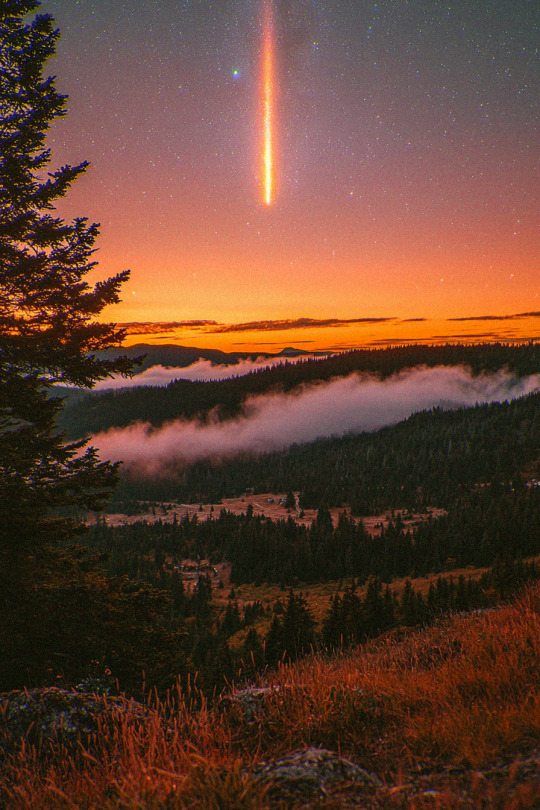
#stars#celestial#nasa#cosmos#space#photography#nature#fall#autumn#autumn aesthetic#fall aesthetic#aes#cloudcore#clouds#sky#fog#foggy aesthetic#naturecore#landscape#aesthetic#cottagecore#inspiration#explore#forest#nature photography#paradise#adventure#travel#traveling#fairycore
300 notes
·
View notes
Text

A true inspiration!
#margaret hamilton#feminism#women#inspiring women#feminist#intersectional feminism#intersectional feminist#women in stem#nasa
20 notes
·
View notes
Text
Also, since I’m married I figured I’d check NASA’s astronomy picture of the day for the day of my wedding. Here are the results :)

Rubin’s Galaxy everyone. Just wow
10 notes
·
View notes
Text
"The journey of life is an intricate tapestry woven with the threads of joy and sorrow, resilience and vulnerability. In the depth of our experiences, we discover the profound truth that existence is not merely a sequence of moments, but a canvas where the strokes of hardship accentuate the beauty of triumph. Embrace the complexity, for within the intricate dance of shadows and light, we find the profound meaning that transforms the ordinary into the extraordinary."
#life quotes#quoteoftheday#serious weakness#book quotes#inspiring quotes#relatable quotes#serious question#seriously#serious post#im serious#planet#nasa#science#astronomy#physics#gardai arrest teenage boy after reports of burglary at aldi as store forced to close temporarily after serious incident#space#liminal spaces#little space#lonelly#lonetrail#loneliest#self love#selfimprovement#words#world politics#twitter#tumblr quotes#poets on tumblr#writers on tumblr
127 notes
·
View notes
Text
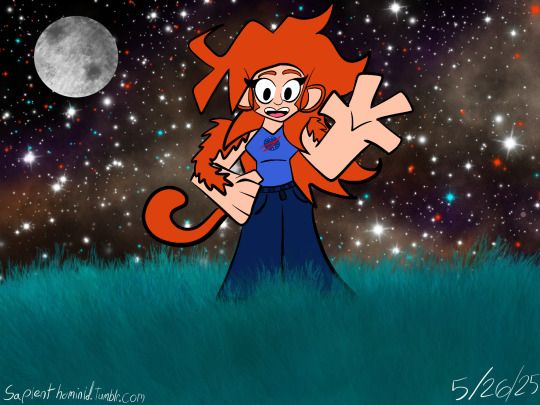
Full Carora render! Took about an hour and a half for the finished piece! She loves stargazing. :D
Speed paint (warning, extremely scatter brained):
Base:

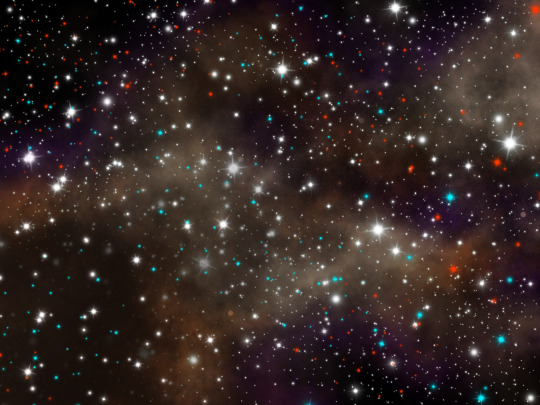
Space background I made using the wonderful and free procreate brushes provided by user “Di” at this link:
https://folio.procreate.com/discussions/10/28/47192
#digital art#my art#original art#procreate#original character#oc#carora(oc)#monkey oc#monkey woman#monkey girl#nasa#astronomy#space#outer space#universe#galaxy#orange hair#orange fur#blue crop top#anthro#anthropomorphic monkey#blue jeans#the moon#stars#nebula#cartoon inspired#anime inspired#monkey#ape#red howler monkey
7 notes
·
View notes